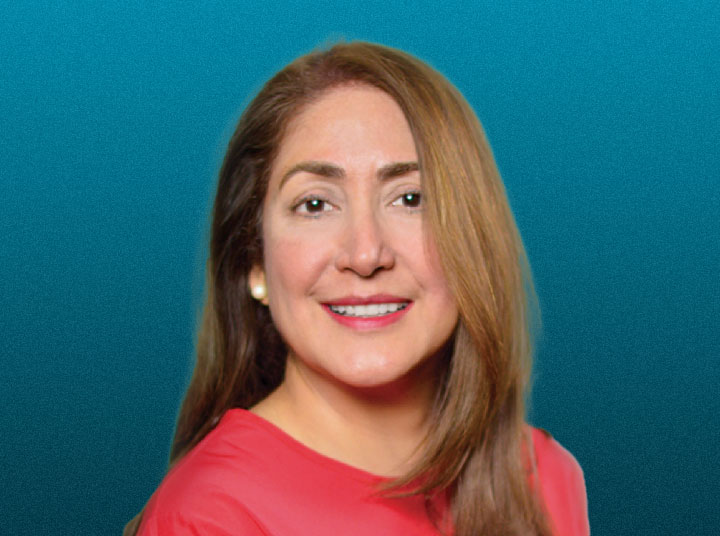Organization’s Function
To increase inclusion, equity and diversity in the field of mental health by providing historically underrepresented communities with access to evidence-based prevention and treatment.
To increase inclusion, equity and diversity in the field of mental health by providing historically underrepresented communities with access to evidence-based prevention and treatment.

Our Mission:
To change and save lives by Increasing access to proven, successful mental health interventions.
Our Vision:
A future where equitable access to proven, successful mental health services and training is a reality for all communities.

Whether online or in person, there are still many barriers that prevent those in need from accessing mental health care. High cost of treatment, limited options when searching for a therapist, and a glaring lack of clinicians of color can all hinder the ability of minority populations from connecting with care.
Finding a therapist who understands the lived experiences of people of color can be much harder, as historically, psychology is a predominantly white field. Not only that, but schools offering psychology courses and tracks offer limited training on the intersection of race and mental health.

Increased suicide rates among Black people
Even pre-pandemic, rates of suicide among black people increased 30% from 2014-2019, while rates among white people began to drop by the end of that period.
Youth ages 12 - 17 have experienced at least one major depressive episode
As of 2023, nearly 4 million children and adolescents in the US experienced at least one major depressive episode, and of these individuals, over 60% received no care.
Only 10% of black adults receive mental health treatment, compared to 18% of white adults
The disparity is even more apparent when considering that only 13% of children from diverse backgrounds receive mental health care as opposed to 31% of white children.
More US adults felt symptoms of depression or anxiety
According to the CDC, between January and February 2021, more than 41% of US adults said they felt symptoms of depression or anxiety in the past week compared to 38% in the summer of 2020.
Statistic Sources: JAMA Open Network, Mental Health America, Simmons University, CDC
Where are the treatments that work for mental disorders?
Increasing access to evidence-based treatments. Unfortunately, to date, there are still a large number of therapists who are not trained and thus do not provide evidence-based psychosocial interventions for their clients with mental disorders.
Answer: Access Psychology Foundation will provide scholarships to clients to receive evidence-based therapies for a range of mental disorders.
Where are the therapists of color?
Nearly 81% of all mental health professional in the US are White. Hispanic providers make up 9%, and just over 7% of all mental health professionals are Black.
Answer: Access Psychology Foundation will increase the network of mental health professionals from underrepresented populations through innovative training programs and generous scholarships.
How do schools respond to the increasing mental health demands of their students?
School psychologists are overwhelmed as they are responsible for, on average, 1,211 students.
Anxiety and depression were up 20% in 2020 especially among young people, with a 334% increase in self-harm among teens.
Answer: Access Psychology Foundation will provide grants to schools to help support the students and families they work with through ongoing training and consultations.
Our staff is dedicated to creating a future where access to proven, successful mental health services and training is available to all communities.

Executive Director

President

Vice President
It’s our responsibility to act now and embark on building a scalable network of mental health professionals and educators who will bring evidence-based therapies to underserved communities
Adding {{itemName}} to cart
Added {{itemName}} to cart